Year in review: The biggest tech news of 2020 - Indian perspective
In case you missed it...

The year 2020 certainly felt like the longest year ever. In between the 12 months which took forever to come to an end there were many ups and downs across the globe due to Covid-19 pandemic and it changed the lifestyle and rewrote some of the rules. Most importantly, the world became more dependent on technology than ever.
In the world of technology, there was big news across smartphones, software, gaming, EVs, and more. In this article, we have curated the list of top tech news that amazed us in 2020. It includes Apple’s new M1 chipset to Tesla finally announcing its arrival in India. So, here is the top tech news of the year 2020.
Apple started the transition to its own chipsets
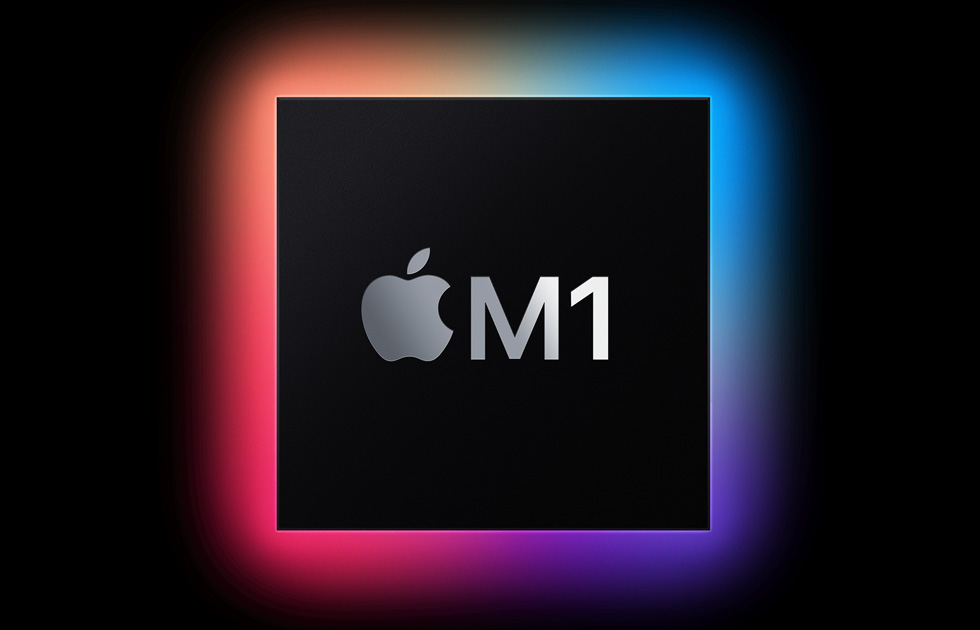
After years of rumour, Apple finally unveiled its own ARM-based chipset for its laptops. The latest Apple MacBook Air and MacBook Pro are now powered by Apple M1 chipset. The M1 M1-based MacBook devices were revolutionary and exciting devices in 2020. The M1 chip is very commendable and performed remarkably well on both the new laptops. The fact that MacBooks can now run thousands of iOS apps and games pretty much flawlessly is a huge win as well.
Apple also made a sweet tool called Rosetta 2 which allows all the usual macOS apps run as smooth as Intel-based MacBooks. The CPU is an 8-core chip with a big little configuration, with four high-performance cores, and four power-efficient cores. There is also an octa-core GPU in the SoC, which should be more powerful than the Intel Iris graphics found on lower-end MacBooks. Going forward in 2021, we are also expecting the Apple M1 successor to bring significant improvements in terms of performance to the MacBook Pro 16-inch (2021).
India's measures to reduce dependence on China

With China posing a threat to India’s sovereignty and security, In June, the Indian government decided to ban 59 mobile applications in India including some of the popular apps like Tik Tok, Likee, Helo, Cam Scanner, Xender, Parallel Space, ES File Explorer, Mi Video Call, Mi Community, UC Browser and more. The government also said that some of these apps were also stealing and illegally storing user data on servers located outside India. Taking privacy into consideration, the government banned these apps.
Following the first wave of the ban, the second set of apps including PUBG Mobile game were proscribed and taken out of play store in India in September. In the second wave, a total of 118 mobile apps were banned. With the ban implication, Chinese firm Tencent had to bear the brunt with three of its major investments - WeChat, TikTok, and PUBG being in the list.
Apple enters the premium headphones market
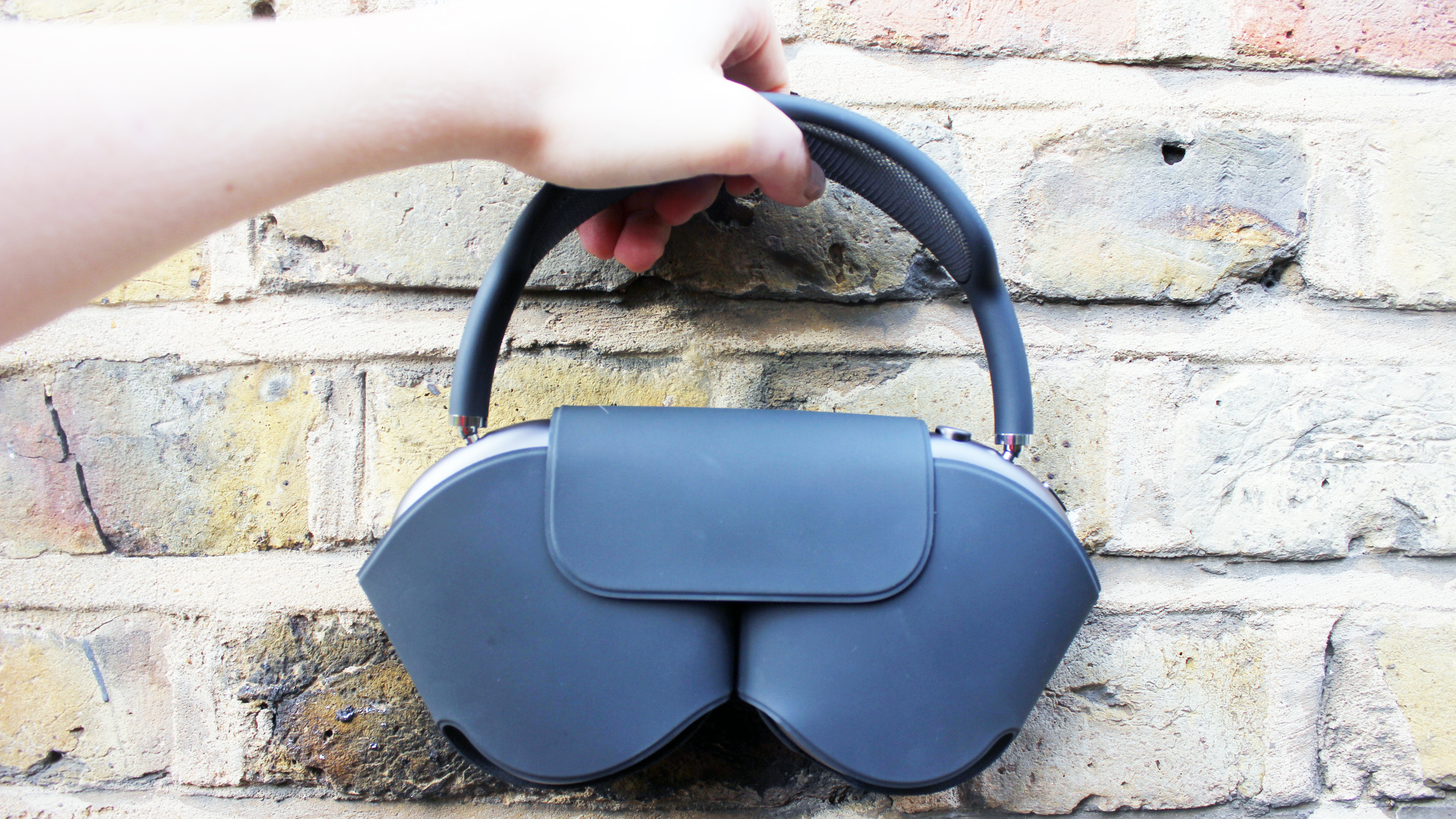
Apple’s product lineup has always been priced in the premium segment but, in the audio segment with Apple AirPods, the pricing was similar to the competition like Sony and Sennheiser. With the launch of AirPods Max headphones, Apple took a leap ahead in terms of pricing (Rs 59,900). The AirPods Max are the first over-ear headphones from Apple and they’re one of the most high-spec headphones ever released. The launch happened silently via a press release but made a lot of noise right after the launch.
Sign up for breaking news, reviews, opinion, top tech deals, and more.
One of the most discussed topics around the AirPods Max apart fro its ridiculous price tag was the design and the carry case. In our review, we found the case to be ineffective. However, as headphones, the sound and performance were top notch and it offers great noise cancellation. As always, its best for iOS users as features are limited to iOS users.
OnePlus returns to the mid-range smartphone segment

With flagship phones creeping up the price ladder from the past couple of years, OnePlus had to return to its roots and the new Nord series was the OnePlus’s answer. Launched in July, the OnePlus Nord was one of the most popular phones of the year and also the best in the segment. Powerful hardware blended with good software experience was always key to OnePlus’s success and with the OnePlus Nord, the company was able to pull it off with half of the price of what their flagship phones cost.
Later in the year, the brand launched a couple more Nord series devices - N10 and N100. These are even more affordable than the OnePlus Nord however, they are not available in India. Going forward in 2021, OnePlus is expected to launch more affordable phones and also enter the wearable segment with a smartwatch and a fitness tracker.
And lastly, on the same lines, OnePlus co-founder Carl Pei left the company in October and will launch his new audio venture soon.
India loves truly wireless earphones

One of the segments which really exploded in 2020 was the truly wireless earbuds. While this was not necessarily a segment that was new in 2020, the demand for truly wireless earbuds grew tremendously in India as smartphones started to say goodbye to our beloved 3.5mm headphone jack. With an estimated 700% growth over last year, TWS went from cool to have to essential real quick. Of all the TWS in India, the most shipped was, of course, the budget TWS from BoAt which was then followed by Xiaomi, Realme, JBL, and Apple.
Every brand, especially smartphone makers, launched its own TWS in India. This furious competition also brought many nifty features to the budget segment such as gesture controls, hi-res playback, noise cancellation and more. There was also some premium offers from brands like Sennheiser and Sony as well. Overall, the best TWS for 2020 was the one from Sennheiser while the budget Lypertek Levi was our second choice.
Jio raises a load of money
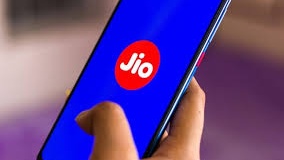
Jio was already huge at the start of 2020 but as the days passed, it grew at a tremendous pace. In the middle of the year, especially Q2 and Q3, Reliance Jio received so much investment from multiple big brands that we had trouble keeping track of it(but we did). Every other day, there used to be a press release saying x company invested x crores in Reliance Jio. In 2020, Reliance Industry became a $200 billion company making it Asia’s 10th largest firm in terms of market cap.
Jio received investment from big giants like Google and Facebook. First FaceBook picked up 9.9% stake with Jio Platforms for a whopping $5.3 billion (Rs 43,574 crore). At AGM 2020, Google signed an agreement to invest $4.5 billion (Rs 33,737 cr) in Jio Platforms for 7.73% stake in the company. In July, Qualcomm invested $97 million 0.15% equity stake and is expected to play a major role in bringing 5G to India. Intel also invested $253.5 million in Jio.
Jio also focused on bringing affordable 4G and 5G devices, Jio Glass(AR), Jio HealthHub, OTT platform(JioTV+), and they even announced Jio Mart across 200 cities.
India could get its first taste of 5G next year
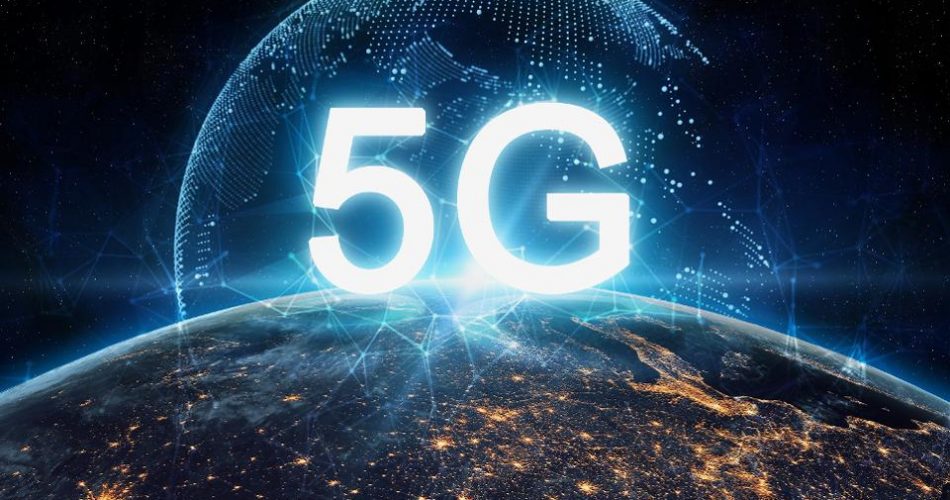
In the year 2020, we saw brands launching 5G enabled devices in India although there was no 5G network available anywhere in the county for consumers. One of the most discussed topics was “when is 5G coming to India?” Well, Jio answered that question. Reliance’s Chairman and Managing Director, Mukesh Ambani said that Jio plans to pioneer 5G revolution in India in the second half of 2021.
The announcement was made at the India Mobile Congress 2020 in November 2020. Back in July, to focus on 5G, Jio has received $97 million(Rs 730 crore) investment from Qualcomm. Qualcomm is the world’s leading wireless technology innovator and the driving force behind the development, launch and expansion of 5G. Apart from the 5G network, Jio is also said to be working on 5G phones.
With 5G network on the cards for 2021, Jio is all set to revolutionize the 5G space in India just like how they did with 4G a few years ago.
The next-gen gaming consoles from Microsoft and Sony are here… almost
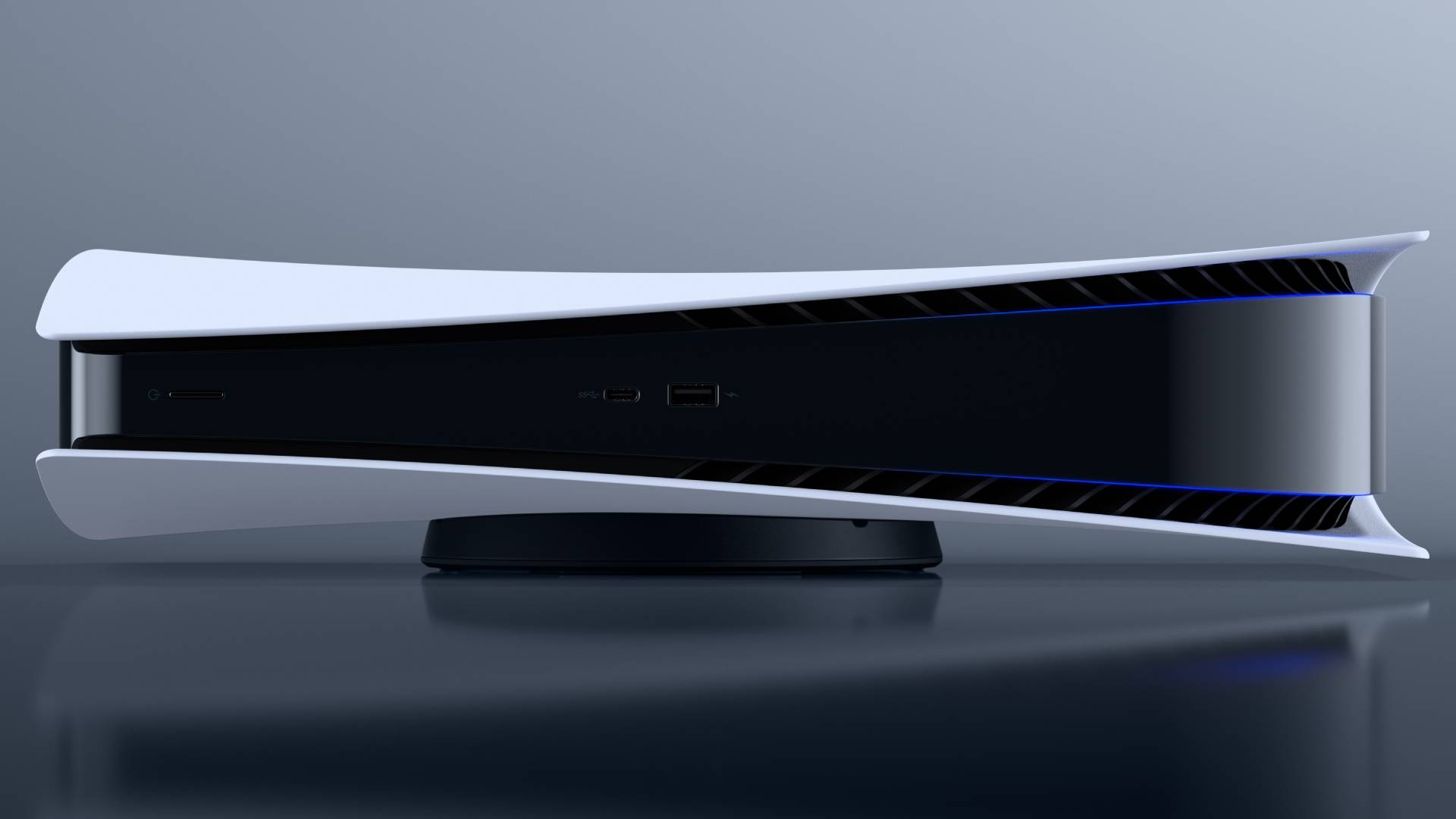
When it comes to gaming consoles, Microsoft’s Xbox and Sony’s PlayStation are the ones to look out for. These gaming consoles launch once in four or five years. Luckily in 2020, we witnessed the launch of new iterations of the two - Xbox series X & S and also the Play Station 5.
Currently, the X Box series X and series S are available in India while PS 5 might take few more weeks to arrive in India. As for the pricing, the PS5 will retail for Rs 49,990 while the Digital Edition will be available at Rs 39,990. The Xbox series S is priced at Rs 34,990 and the series X is priced at Rs 49,990. Both Xbox and PS5 are powered by AMD chipset and come with a dedicated GPU. The new Xbox series S is the most compact out of all.
Check out our PS5 review | Xbox Series X review | Xbox Series S review
India defies odds to show strong growth in the smartphone market
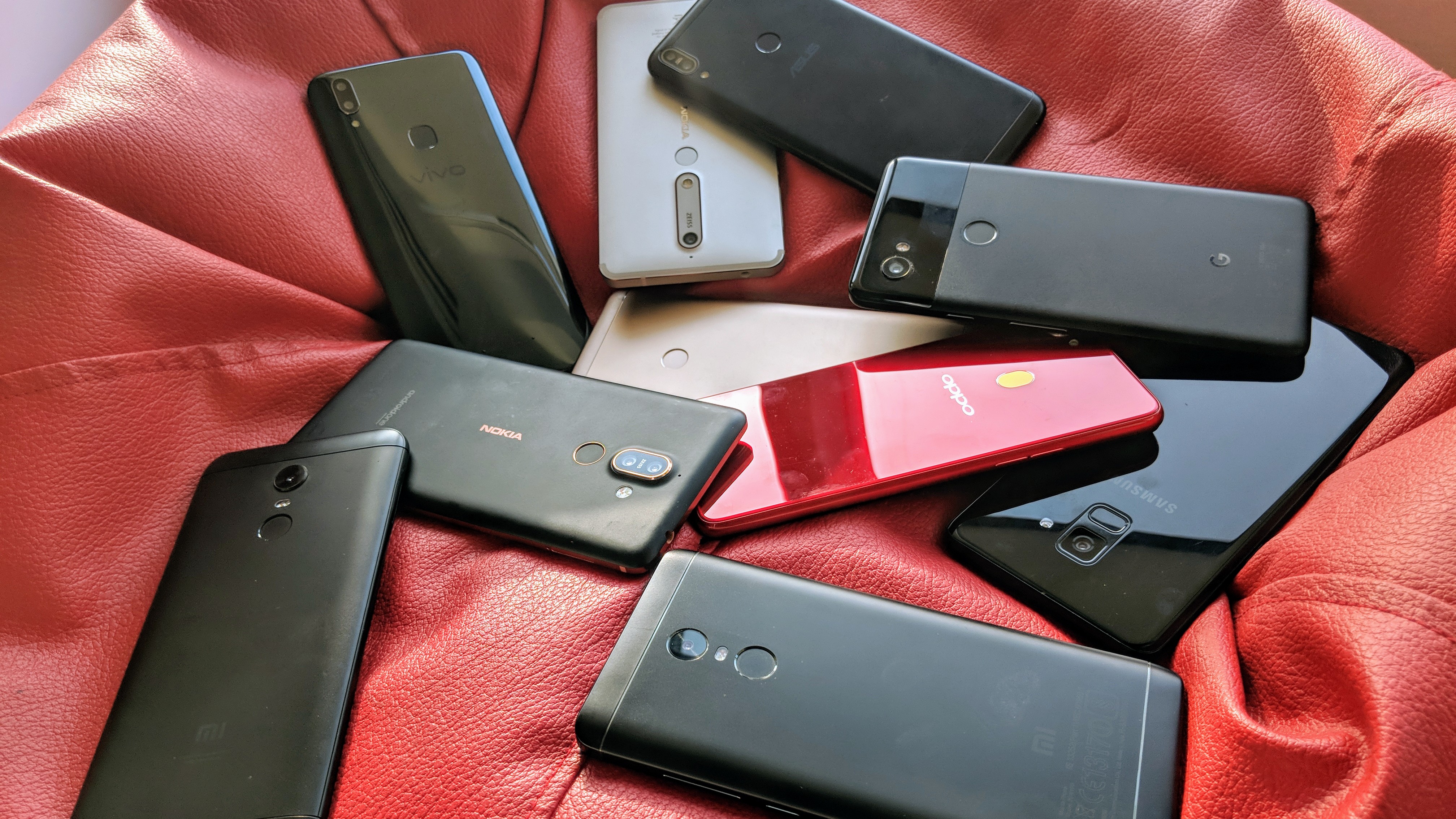
India is one of the top consumers of smartphones globally. Things were slowed down in Q2 due to the lockdown and restrictions. But, once the lockdown was relaxed across the nation, the demand for smartphones grew tremendously and fast forward Q3/Q4 2020, India registered its all-time highest shipment. In September 2020, 23 million smartphones were shipped while in October 21 million smartphones were shipped.
The major factor here is the online sales and offers that e-commerce giants like Amazon and Flipkart hosted. Also, the fact that we had an extended run of festive season sale on both online and offline platforms. Online channels contributed 51% of the market, a 53% YoY growth. Offline channels, especially in smaller towns & cities, also saw a healthy 33% YoY growth. The top 5 smartphone makers remain unchanged with Xiaomi leading and Samsung at second spot followed by Vivo, Realme, and Oppo.
Growth of e-commerce in India

The Covid-19 pandemic and lockdown also made people stay in their houses which also meant more dependent on online shopping. The e-commerce shopping was not only limited to Amazon and Flipkart in India but also many businesses which were offline only had to adapt to the new age and go digital.
A report from August stated that e-commerce segment saw a 17% rise in order volume. Indian e-commerce space is estimated to grow to a $1.3 trillion market by 2025. The festive season sale on Amazon and Flipkart in Q3 and Q4 of 2020, at least 40% of the sale was driven by them. The e-commerce giants also onboarded local Kirana store to further expand its reach. Jio also entered the space with JioMart serving across 200 cities.
Due to the pandemic, the battle between Amazon, Flipkart, and Reliance’s Jio Mart got intense. While Jio received huge investments from multiple big ventures, Tata industry is in the line to enter the space with BigBasket. Lastly, e-commerce companies also started selling more self-branded products such as Flipkart selling MarQ branded smart TVs, streaming devices and more. There is also MarQ branded smartphone on the cards for 2021.
Tesla Motors confirmed to enter India soon

In the last week of 2020, Tesla confirmed to commence sales in India in 2021. Union Minister, Nitin Gadkari has confirmed that Tesla will start operations in India in early 2021. In case you have forgotten, Tesla has opened Tesla Model 3 pre-orders for India as well back in 2016. . The order configurator for India is also yet to go live, so this could just be that for those who already pre-ordered.
The arrival of Tesla will also kickstart the electric vehicles revolution in India which is, for now, that popular for 4 wheelers in India. A report in September also stated that Tesla is in talks to set up a research facility in India which could possibly be at Bengaluru, the capital of Karnataka. Elon Musk himself confirmed on Twitter that Tesla is coming to India, “Next year for sure.”

Srivatsa is a prolific writer who spearheads the core writing team on tech news, buying guides, reviews, and all gadget articles. He is passionate about technology.